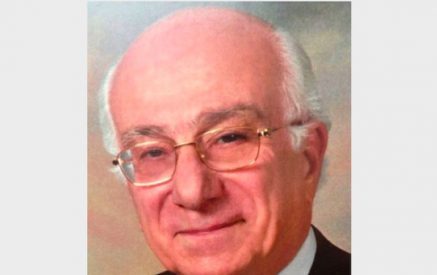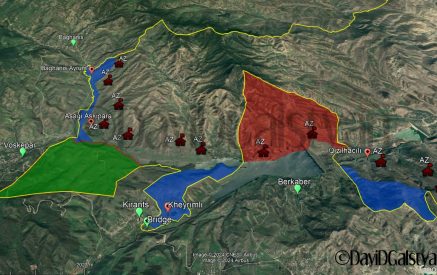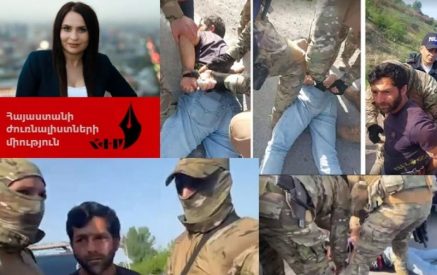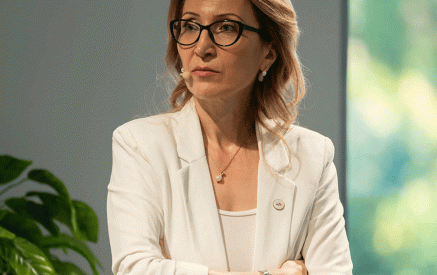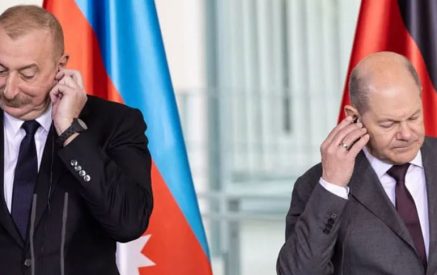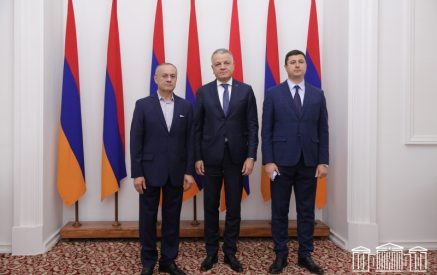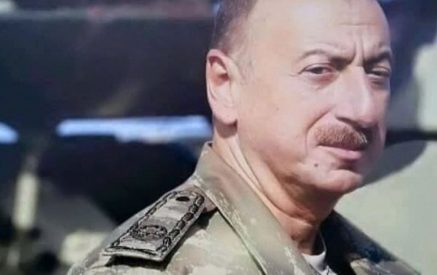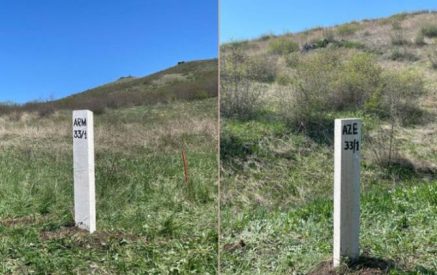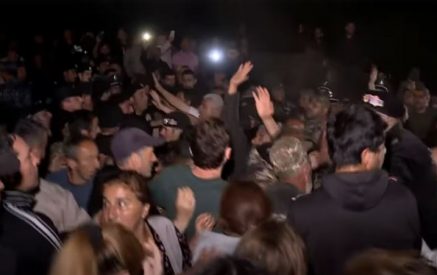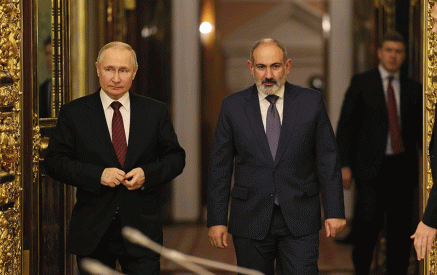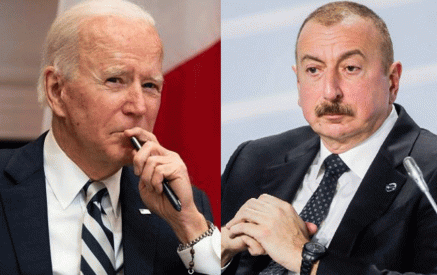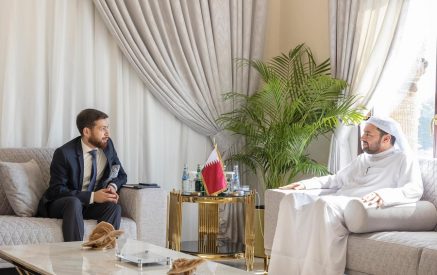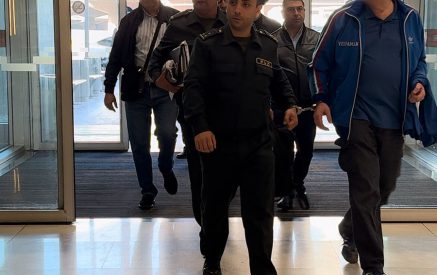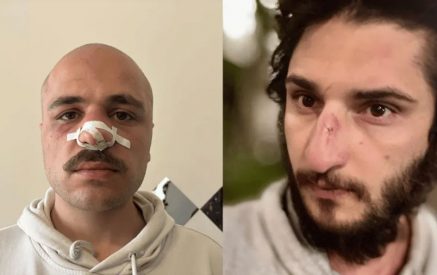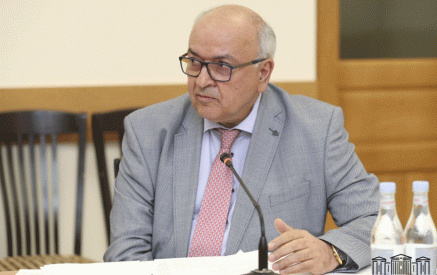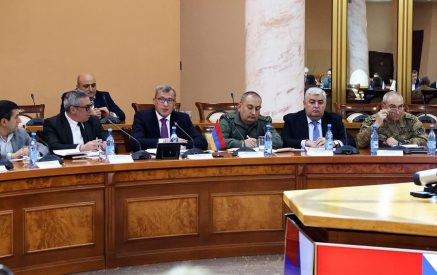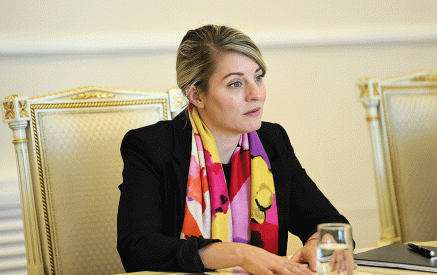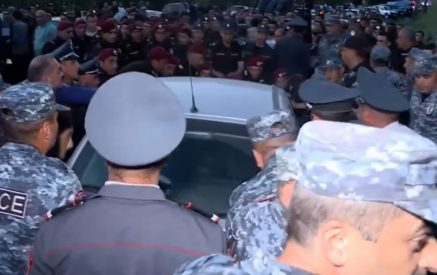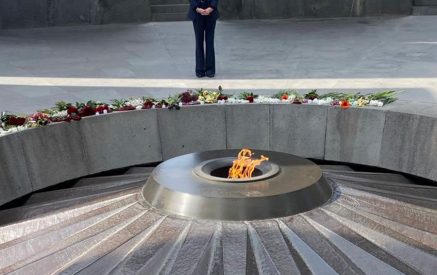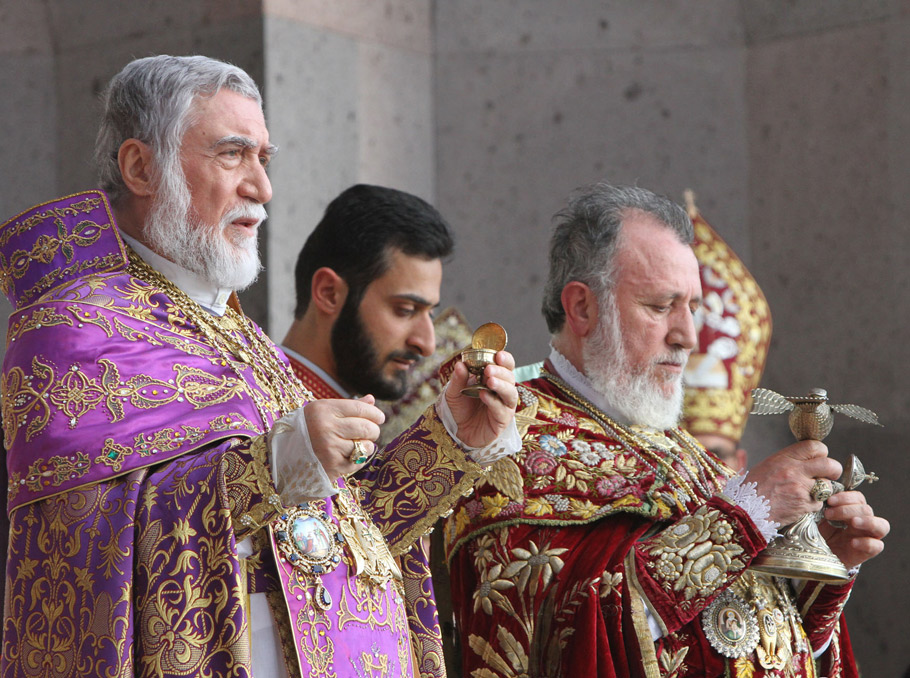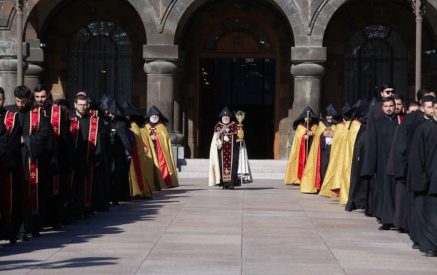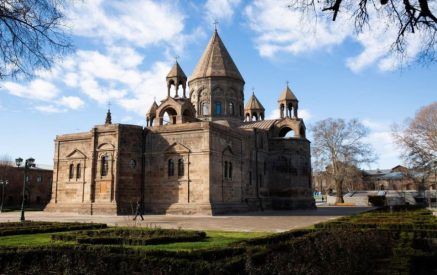by Stepan Piligian
It is our Achilles heel as a people. We are strong on opinions and weak on collaboration. The politics in Armenia are a classic example. While our enemies threaten our very survival, we choose to engage in internal conflict. In the diaspora, our organizational landscape reflects continuous addition but little subtraction. We add groups at will while legacy groups struggle to survive generational transfer. While the real enemy in the diaspora is assimilation, the reality is we compete against each other for the limited mindshare that our brethren in the diaspora can offer for their faith and heritage. I think you all know what I am referring to. Unless we have been residing on a distant planet, it is clearly visible in our daily American-Armenian life. We have too many redundant organizations, some born out of a desire to keep traditional groups relevant and others launched with new ideas and not enough cooperation. There are many noble attempts by people of goodwill. The lineup has more to do with legacy political affiliations than a core mission.
We have the AYF, Hamazkayin, ARF and ARS. In parallel, there is the AGBU, ACYOA and Tekeyan. We have the ANCA and the Assembly. Some organizations have evolved to being non-partisan such as the Knights of Vartan, NAASR or AIWA. Unlike the past, it is rare to see overt conflict between Armenian groups today. Skeptical?
Read also
Look at the pages of the Baikar and Hairenik publications 40 to 50 years ago. Today’s challenge is that we have become a large conglomerate of groups with no organizational relationships with each other. Looking at the diaspora from the outside illustrates this point. In a corporate environment with a struggling market, we would strategically consolidate to optimize results and enable growth. It’s true we are not a corporation, but we do have limited resources, a target market and core capabilities. The challenge is that we have no mechanism to address this problem. Just keep the lights on. In the 125 years of an active diaspora, we have certainly created division but have little experience in strategic collaboration or alliance building. We live in silos. Thinking of the whole becomes very parochial.
Our beloved church is always a good barometer of community health. The month of May is a time of renewal for the church. The Feast of the Resurrection followed by the period of Eastertide usually occurs during the Diocesan assemblies. I say plural because like most things in our Armenian life we have to have at least two. We have two dioceses, two diocesan primates/prelates and two assemblies (Diocesan and National Representative Assembly, or NRA).
I wish we could at least use the same terms. It would make explaining this redundancy to our youth easier. I have tried for many years. Relations are cordial today but still clearly administratively divided. My personal protest to the stain of our continued division has been to ignore its reality. I gladly support all Armenian churches. I spent many years as an NRA delegate and later as a delegate to the Diocesan Assembly. Usually when you remain separate and distinct, there are clear differentiators. There are a few, but generally we all live with the same hopes and challenges. I have often found it interesting that both dioceses constantly complain and are concerned about financial stability, yet they have significant tolerance for the wasteful spending created by the redundancy of separation. Are we looking at the American diaspora as a whole or just our piece of it? It is one of the many reasons why I abhor our division. It clouds our vision and limits our thinking. The diaspora lives under the constant threat of assimilation. We have no room for obvious inefficiencies.
The good news is that both dioceses (Prelacy with Antelias and Diocese with Etchmiadzin) are led by wonderful and deeply spiritual leaders. Archbishop Anoushavan Tanielian from the Eastern Prelacy is a beloved clergyman who has worked tirelessly on behalf of the faithful. If you have not experienced a badarak with His Eminence as the celebrant, please do your spiritual health a favor. His melodious chanting brings us closer to God with spiritual joy. The Antelias seminary has produced excellent clergy for many generations, particularly the celebrated clergy since its revival under Karekin I Hovseptiants of blessed memory. Last year, the Diocese elected a new primate in Hayr Soorp Mesrob Parsamyan. Hayr Soorp has been recovering from a serious car accident last summer and is thankfully now able to re-engage publicly in his duties. I have found him to be warm, approachable and a good listener. His elevation to bishop is scheduled for this fall at Holy Etchmiadzin. Whether you attend the Prelacy or Diocesan parishes, it is important that you give these two elected leaders your full support. Our support to clergy leaders is often clouded with ceremonial patronizing. These men cannot lead us unless we have the knowledge and fortitude to speak frankly and passionately about the future of our church.
Too often, our bishops arrive at our parishes and see a false picture of reality. The choirs are full, and Sunday School is vibrant. It is another version of the Christmas and Easter attendance. The following Sunday is the picture they should see. Perhaps “unannounced” visits would be more productive. Only with a firm grasp of reality can we make real and sustainable progress.
We can’t be critical of our leaders unless we have given our best in proposing solutions. Our community has many admirable traits, but we must learn to match criticism with commitment. If we could add one dollar to the church endowment fund for every measurement of commitment and subtract for every critical opinion, I am afraid that we would carry a significant deficit. Opinions may be the seeds, but commitment is the fertilizer.
This year, we will have the opportunity to experience the leadership of Hayr Soorp Parsamyan in earnest since he has had to focus on his recovery for much of this past year. Primates are public figures, and their interaction with the faithful is a major part of their ministry. I can’t imagine how difficult it must have been to be elected and then isolated for months after a devastating injury. Thanks to God, he has recovered and now will continue his delayed journey. This fall, Aram I, Catholicos of the Great House of Cilicia, will make a major pontifical visit to the Eastern Prelacy. The intent will be to visit each parish affiliated with the Prelacy. Aram Vehapar is an educated, dynamic and visionary leader who was mentored by Karekin I Catholicos of All Armenians (formerly Karekin II of Cilicia) of blessed memory. On the occasion of his historic visit, I have a request for His Holiness and the Etchmiadzin Eastern Diocese in the United States. It would be both appropriate and inspiring if Aram I was invited to conduct a hrashapar service at St. Vartan’s Cathedral or at a diocesan parish. This, of course, would require an initiative from the host parish. Unprecedented, perhaps…but what a significant message it would be. During the centennial anniversary of the Armenian Genocide in 2015, many Armenians had their first encounter with Aram Vehapar during events in Washington, DC. Most attendees from diocesan parishes did not previously know him because of our divided state and were impressed with this outstanding Armenian clergyman. This would be an opportunity to display a new level of spiritual oneness (avoiding the term unity). We are constantly lectured that it exists, but this would be “walking the talk.”
There is another reason to pursue such an event. We have lost our sense of history and foundation with our administrative separation. Participants from Antelias affiliations don’t know much about Etchmiadzin, and the reverse is also true. The Great House of Cilicia is an ancient hierarchical See of the Armenian church. Unfortunately, many in the United States only understand its presence in the context of the 20th century problem in North America. This is the seat where the Catholicos of All Armenians resided until 1441 and has had a prolific history in historic Cilicia. The story of the survival of the See with its permanent relocation in 1930 to Antelias after the Genocide is an Armenian journey of resilience and survival. It is part of our collective experience. Many diocesan clergymen were trained at the renowned seminary of the Holy See.
What an inspiring experience for American Armenians to receive the blessing of the leader of one of our Holy Sees. Frankly, it has been nearly a decade and a half since the Catholicos of All Armenians visited the Eastern Diocese for a pontifical visit. He has traveled here several times during that duration but only for private deliberations. This is quite unfortunate. The faithful deserve the blessings of their leaders. It has been quite frustrating when Karekin II visits America but decides to keep his visits out of public view. During his last visit, he did make a stop in Albany to pray with the Primate at his rehabilitation center and the nearby diocesan camp. When Karekin II Vehapar visited several years ago, a hrashapar at a Prelacy church was advocated, but to no avail. We need our leaders to be among the people, particularly during these times of crisis in the global Armenian nation.
It is quite apparent that our community has lost its vigor for the administrative reunification of the church in America. We have become comfortable with our current level of cooperation, but not sufficiently motivated to finish the job. This is a crisis of leadership. Many will respond that a grassroots approach has been tried, and that the matter can only be resolved by the two vehapars. I would tend to agree, but if it is not on our radar, it certainly will not be on theirs. This is not about church administrative unity. It is about Christian love and respect for each other to strengthen the Armenian church.
We need to have the courage and vision to tear down the artificial walls and return to a natural state. As Armenian Christians, we should not let an anomaly in the 20th century distort our respect for a hierarchical See from Cilicia that is 1,000 years old. Likewise, we need to honor Holy Etchmiadzin as the seat of Armenian Christendom. If you don’t care for the leadership of individuals, it should never prevent us from respect for the seat and for our greater church. If we lose these gifts because we are blinded by distractions or disrespect, then we become responsible for the decline of our institutions. Our presence and actions do make a difference. Let us pray for the health of our prelate/primate and success in their ministries. Give us the strength to break down the superficial barriers preventing the sustained prosperity of our beloved church.

